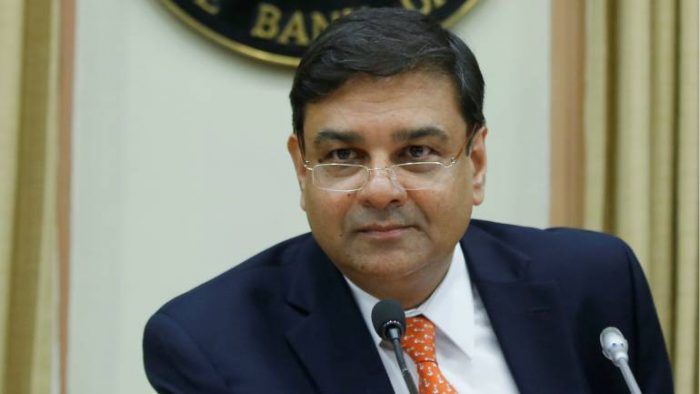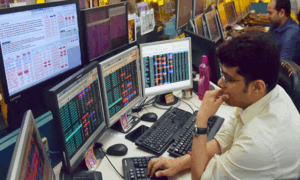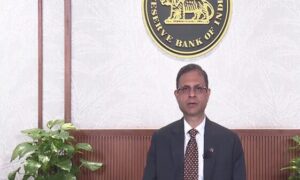
File Picture Courtesy : Moneycontrol
Following a cycle of rate cuts begun in January 2015, the RBI on Wednesday raised its key interest rate for the first time by 25 basis points (bps) to 6.25 per cent, responding to concerns on inflation from surging global crude oil prices, as per a central bank announcement.
The Reserve Bank of India (RBI), however, maintained its ‘neutral’ stance on policy, as it has done over four previous bi-monthly policy reviews when it held the repo, or its short term lending rate for commercial banks, at 6 per cent. This stance allows the RBI to move either way on rates.
“The decision of the Monetary Policy Committee (MPC) is consistent with the neutral stance of monetary policy in consonance with the objective of achieving the medium-term target for consumer price index (CPI) inflation of 4 per cent within a band of +/- 2 per cent,” the RBI statement said. “Consequently, the reverse repo rate under the liquidity adjustment facility (LAF) stands adjusted to 6.0 per cent, and the marginal standing facility (MSF) rate and the Bank Rate to 6.50 per cent.”
Addressing the media following the policy announcement, RBI Governor Urjit Patel elaborated that the neutral stance allowed various options to the central bank and was not in contradiction to raising rates. “The neutral stance leaves all options open… other central banks do the same, there is no contradiction here,” he said in response to a query.
“We have kept the neutral stance as well as responded to the risks to inflation visible in recent months. Inflation has remained over the target level of 4 per cent for over six months,” he added.
The six-member MPC voted unanimously for the rate hike that the central bank was undertaking after more than four years and comes for the first time under the Prime Minister Narendra Modi-led government. The RBI also revised upwards the retail inflation range to 4.8-4.9 per cent in the first half of 2018-19, and to 4.7 per cent in the second half, including the impact of house rent allowance (HRA) for central employees, and with risks on the upside. “The April-May prints show that inflation, excluding food and fuel has hardened. Higher oil prices and input costs have added to the upside risks,” RBI Deputy Governor Viral Acharya said. “On the other hand, growth indicators show that economic revival is on sound footing. Given the inflation target of 4 per cent, it seemed the right time for the MPC to consider a hike of 25 basis points,” he added.
The country’s retail inflation rose to 4.58 per cent in April from a rise of 4.28 per cent in March and 2.99 per cent in the corresponding period of the previous year. The fourth quarter estimate of Gross Domestic Product (GDP) released by the Central Statistics Office last month estimated the growth rate at 7.7 per cent, as against 5.6 per cent, 6.3 per cent and 7 per cent respectively in the first three quarters.
Recent crude oil price volatility imparts considerable uncertainty to the inflation outlook, the RBI said.
“Since the MPC meeting in early April, the price of the Indian basket of crude surged from $66 a barrel to $74. This, along with an increase in other global commodity prices and recent global financial market developments, has resulted in a firming up of input cost pressures,” the statement said. To arrive at this decision, the MPC extended its deliberations this time by an extra day. Commenting on the development, Deloitte India Partner Anis Chakravarty said in a statement: “The RBI was cautious on the factors that could change the course of the underlying optimism, major among them being the projections on oil price movement and rising geopolitical tensions. “However, given that the committee has maintained a neutral stance, there remains room for manoeuvrability in policy perspective should incoming data show sharp fluctuations.”
“Recent hike in crude prices and better GDP for last quarter of FY 18 suggest inflation trajectory may be on the higher side. Though, this may put some pressure on borrowers, it is positive news for the savers in the economy,” said Arihant Capital Markets Director Anita Gandhi.


















